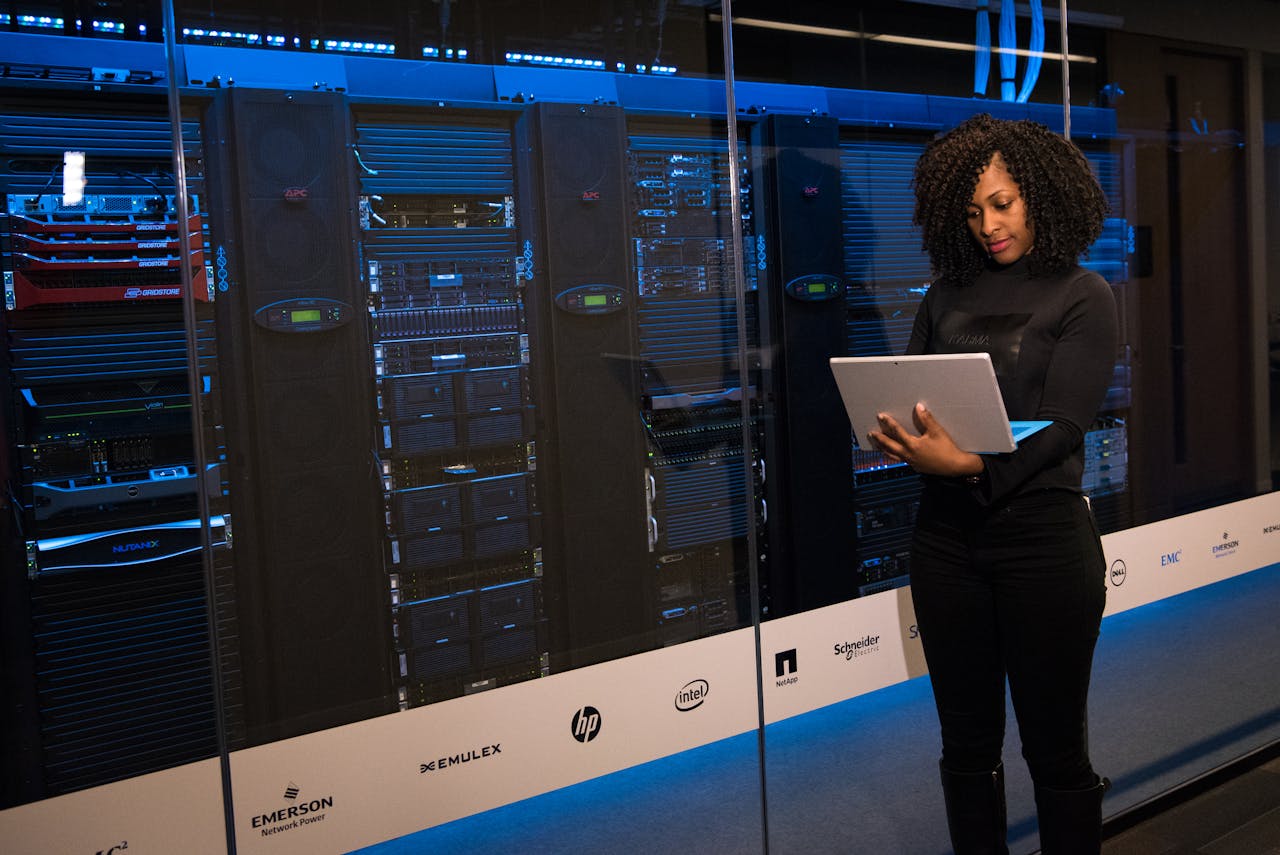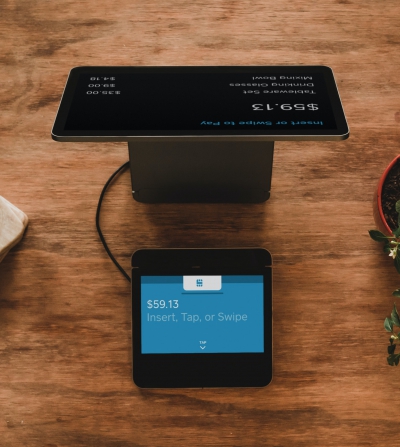AdTech and Gaming PR Strategies: Reaching Digital Audiences in 2025
Gaming has become the world’s most profitable entertainment sector, with over 3.2 billion players globally spending $217.9 billion in 2023. This massive audience presents unique opportunities for brands to connect through targeted advertising and strategic partnerships. PR professionals working in gaming and AdTech face distinct challenges in reaching these audiences authentically, as traditional marketing approaches often fall flat with gaming communities. The intersection of AdTech and gaming demands sophisticated PR strategies that respect player experiences while delivering measurable results for brands.
In-game advertising succeeds when it adds value to the player experience rather than interrupting it. Brands like BMW and Louis Vuitton have mastered this approach by creating limited-edition character skins and virtual items that players actively seek out. These integrations feel natural within the game world and create positive brand associations.
Gaming has become the world's most profitable entertainment sector, with over...
Using PR to Promote Supplements for Niche Markets
PR strategies play a vital role in promoting supplements to niche markets, where targeted messaging and specialized outreach make the difference between success and failure. Recent data shows that 77% of Americans take dietary supplements, but reaching specific segments requires a deep understanding of their unique needs and preferences. For supplement brands targeting women’s health, senior wellness, or student populations, PR serves as a powerful tool to build credibility, communicate benefits, and connect with these distinct audiences. This comprehensive guide examines proven PR tactics for promoting supplements in niche markets, backed by research and real-world examples.
Before launching any PR campaign, understanding your target audience’s specific requirements forms the foundation of success. Research from the Council for Responsible Nutrition shows that different demographic groups have varying motivations for supplement use. Women often seek products supporting hormonal balance and reproductive health, while seniors focus on joint health and cognitive function. Students typically look for supplements that boost energy, concentration, and stress management.
PR strategies play a vital role in promoting supplements to niche markets,...
How To Launch Effective Awareness Campaigns For Responsible Gambling
Public relations plays a vital role in promoting responsible gambling practices within the gaming industry. As gambling becomes more accessible through both land-based and online platforms, operators face increasing pressure to protect players while maintaining profitable operations. PR strategies focused on responsible gambling help organizations build trust, meet regulatory requirements, and create sustainable business practices. This comprehensive guide examines how PR professionals can develop and implement effective responsible gambling initiatives through awareness campaigns, partnerships with support organizations, and promotion of player protection tools.
Successful responsible gambling PR campaigns start with a strong organizational commitment to player protection. Gaming operators must establish clear policies and dedicate resources to responsible gambling programs before launching external communications. This includes:
Public relations plays a vital role in promoting responsible gambling...
How PR Drives Health Equity With Technology Innovations
Public relations plays a vital role in reducing health disparities by promoting technological solutions that increase access to quality healthcare for underserved communities. Through strategic communication and partnerships, PR professionals connect life-changing innovations with the populations who need them most. The intersection of PR, health technology, and social equity represents a powerful opportunity to address long-standing healthcare gaps that disproportionately affect minority, rural, and low-income communities. This comprehensive guide examines how PR teams can effectively highlight tech solutions, build meaningful nonprofit partnerships, and advocate for systemic change to create a more equitable healthcare landscape.
Healthcare disparities persist across racial, geographic, and socioeconomic lines, with minority and low-income populations experiencing higher rates of chronic disease and reduced access to preventive care. According to the CDC, Black Americans are 30% more likely to die from heart disease than non-Hispanic whites, while rural Americans are 40% more likely to die from preventable causes compared to urban residents. Technology offers promising solutions to bridge these gaps through telehealth, remote monitoring, and AI-powered diagnostic tools.
Public relations plays a vital role in reducing health disparities by...
Emerging Trends in Cybersecurity PR: AI, Regulations, and Future Challenges
Artificial intelligence and quantum computing technologies are rapidly reshaping the cybersecurity public relations landscape, creating new challenges and opportunities for communication professionals. PR teams now face increasingly sophisticated cyber threats that can damage organizational reputation within minutes, while also needing to maintain compliance with complex global regulations. Recent data from Arctic Wolf’s 2025 Trends Report indicates that AI has become the primary cybersecurity concern for 78% of security and IT leaders, highlighting the urgent need for PR teams to adapt their crisis communication strategies. This article examines the key trends and best practices in cybersecurity PR, focusing on AI applications, regulatory compliance, and preparation for emerging quantum computing threats.
The integration of AI into crisis communication has fundamentally changed how organizations detect, respond to, and manage cybersecurity incidents. According to research from Worldcom Group, AI-enabled PR tools can now process and analyze vast amounts of data in real-time, allowing teams to identify potential threats before they escalate into full-blown crises.
Artificial intelligence and quantum computing technologies are rapidly...
The Importance of Cross-Functional Teams in Cybersecurity PR
Modern cybersecurity PR requires more than technical expertise – it demands coordinated action across multiple departments to protect organizations from threats while maintaining stakeholder trust. Recent data shows that companies with strong cross-functional cybersecurity teams respond 52% faster to incidents and reduce breach costs by an average of $2.3 million compared to organizations operating in silos. As cyber threats grow increasingly sophisticated, organizations must break down departmental barriers and create integrated teams that bring together PR, IT, and Legal expertise. This collaborative approach allows companies to prevent incidents more effectively, respond rapidly when breaches occur, and maintain clear communication with stakeholders throughout any crisis.
Creating an effective cross-functional cybersecurity team starts with bringing together the right mix of expertise and establishing shared objectives. According to research by Deloitte, organizations that align PR, IT, and Legal teams under common security goals see a 64% improvement in threat detection and response times.
Modern cybersecurity PR requires more than technical expertise - it demands...
The Impact of Digital PR on Fintech Growth
Digital public relations has become a defining force in fintech success, with data showing that strategic PR campaigns can increase brand visibility by up to 68% and directly influence customer acquisition rates. Financial technology companies now allocate significant portions of their marketing budgets to digital PR initiatives, recognizing that targeted media coverage and influencer partnerships drive both immediate engagement and long-term credibility. Recent studies from KPMG indicate that fintech firms implementing comprehensive digital PR strategies see up to 3x higher customer retention rates compared to those relying solely on traditional marketing channels.
Selecting the right influencers marks the difference between mediocre and exceptional fintech PR campaigns. Data shows that creator-driven PR campaigns achieve a 68% brand recall rate, while PR-influenced user-generated content generates 50% higher engagement than company-produced materials. The key lies in partnering with influencers who understand both technical and strategic aspects of financial innovation.
Digital public relations has become a defining force in fintech success, with...
The Role of PR in Lifestyle Conferences and Summits: A Guide
Public relations sits at the intersection of brand storytelling, media engagement, and audience connection for lifestyle conferences and summits. As these events become increasingly competitive and sophisticated, PR professionals must master multiple disciplines – from crafting compelling narratives to measuring tangible results. The most successful lifestyle events combine authentic storytelling with strategic media outreach, while positioning speakers and brands as genuine thought leaders in their space. This comprehensive examination reveals the key strategies PR professionals use to create lasting impact through lifestyle events.
The foundation of successful lifestyle conference PR lies in developing authentic narratives that resonate with target audiences. According to research from the FPRA PR & Communications Summit, 82% of event attendees say they’re more likely to engage with conferences that tell meaningful stories aligned with their values.
Public relations sits at the intersection of brand storytelling, media...










